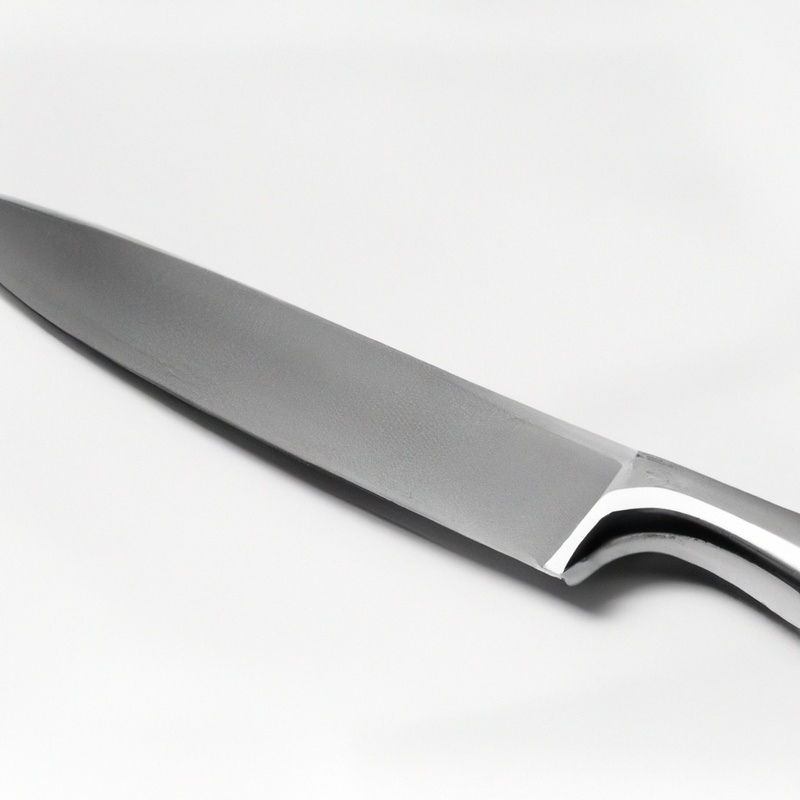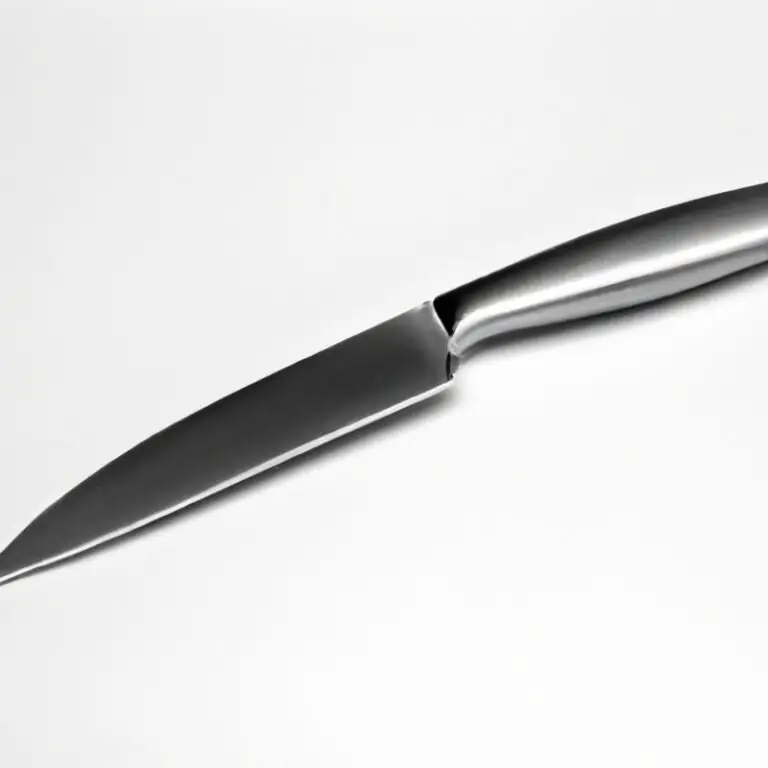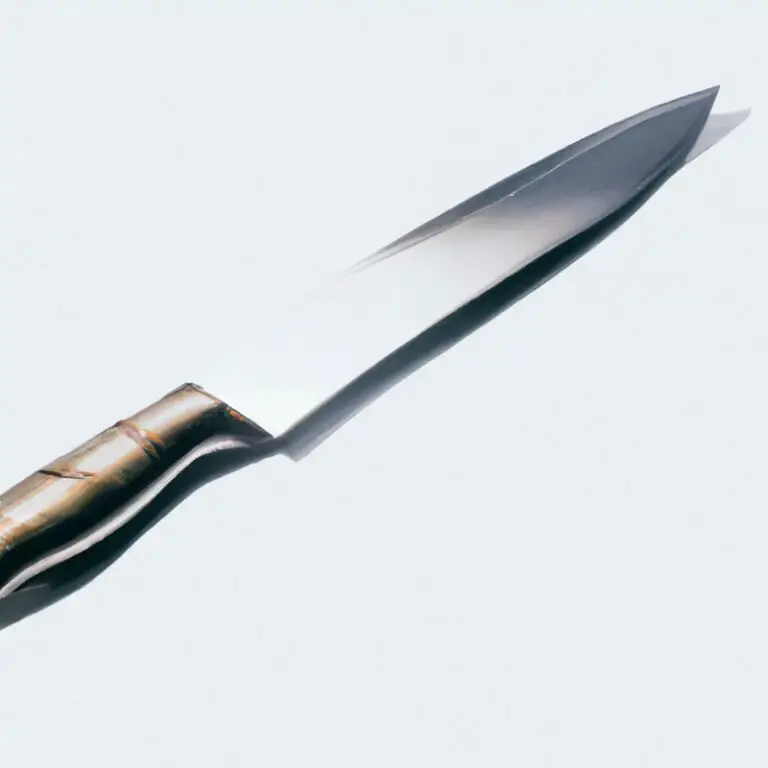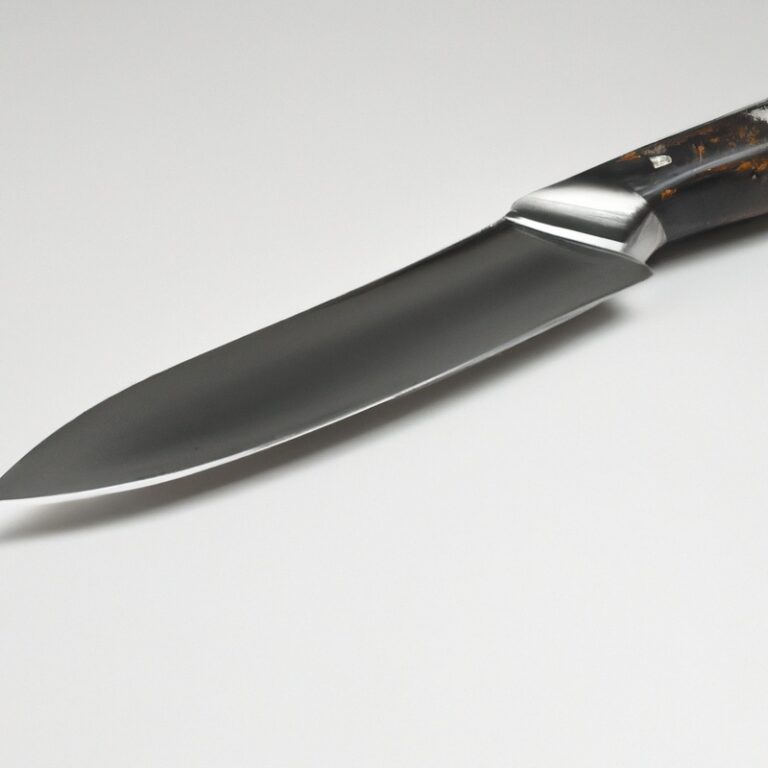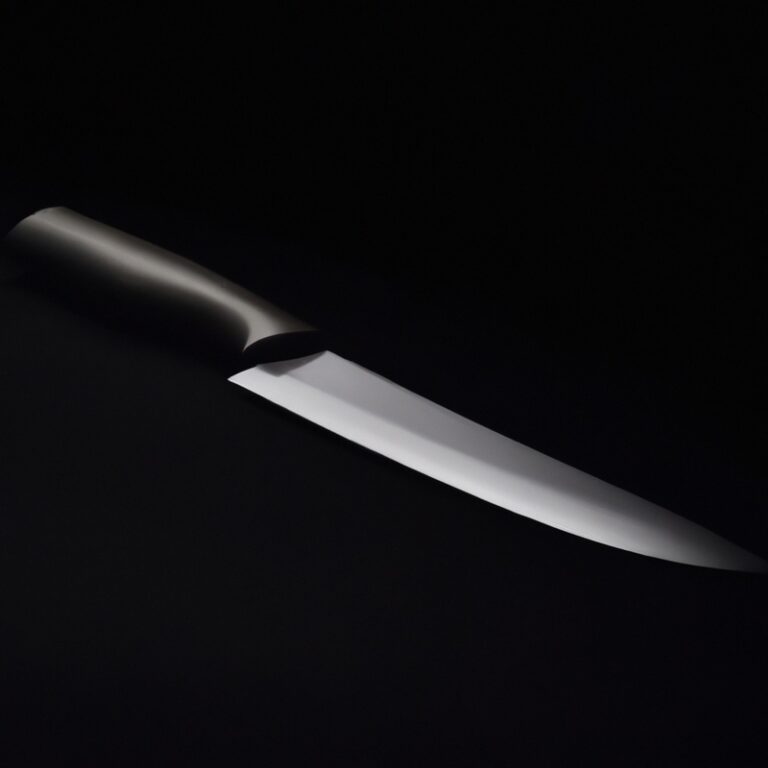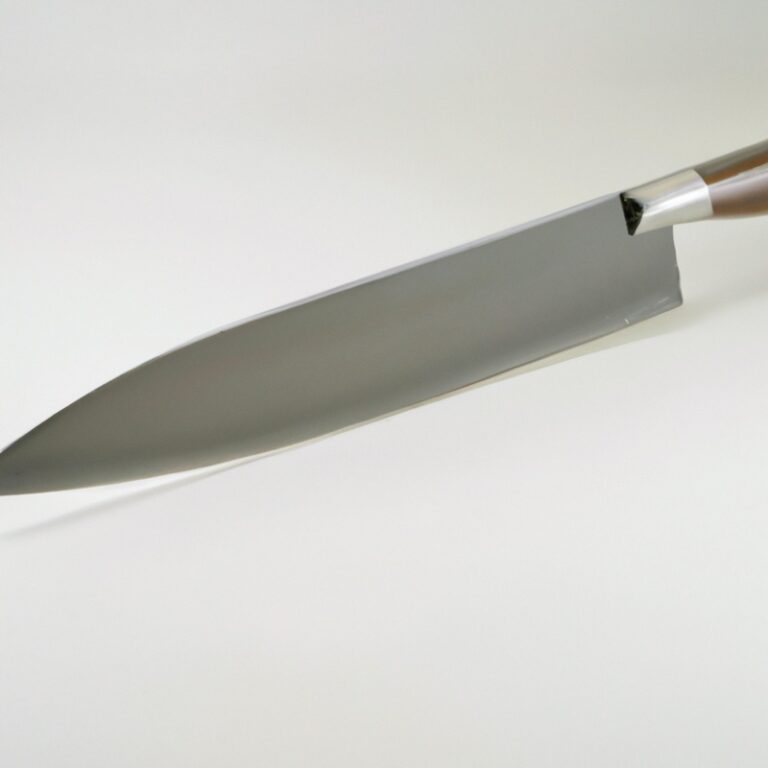What Is The Effect Of Silicon In Knife Steel?
Key Takeaways:
- Silicon enhances the strength and hardenability of knife steel.
- Silicon improves the wear and corrosion resistance of knife steel.
- The optimal silicon content in knife steel typically ranges between 0.05% and 1.0%.
- Higher silicon content can lead to brittleness in knife steel.
Have you ever wondered why some knives outperform others in terms of strength, hardness, and corrosion resistance?
The secret lies in their steel composition.
And when it comes to steel, silicon plays a crucial role.
So, what exactly is silicon?
How does it affect the performance of a knife?
In this article, I will take you through the world of knife steel composition and unravel the mysteries of silicon’s impact.
From increased strength and enhanced corrosion resistance to improved wear resistance, silicon can significantly influence the properties of knife steel.
Stay tuned to discover the fascinating effects that silicon has on your favorite cutting tool!
| Effect of Silicon in Knife Steel |
|---|
| Benefit |
| Drawback |
Understanding Knife Steel Composition
Importance of Steel Composition in Knives
Steel composition plays a crucial role in the performance and durability of knives.
The specific blend of elements determines the hardness, strength, corrosion resistance, and wear resistance of the steel.
By carefully selecting the right steel composition, knife makers can tailor the blade’s properties to suit different cutting tasks.
For example, high carbon steel provides excellent edge retention, while stainless steel offers enhanced corrosion resistance.
The steel composition also affects the blade’s ability to withstand impacts and resist chipping or breaking.
Choosing the right steel composition is essential for achieving optimal knife performance and longevity.
Overview of Silicon’s Role in Knife Steel
Silicon plays a significant role in the composition of knife steel. Its presence affects various properties of the steel, including strength, hardness, corrosion resistance, and wear resistance.
Silicon increases the steel’s strength and hardness, making it more durable and capable of retaining a sharp edge.
It also enhances the steel’s corrosion resistance, making it less prone to rusting. Additionally, silicon improves the steel’s wear resistance, allowing it to withstand prolonged use without significant wear.
The amount of silicon in knife steel, as well as other alloying elements and heat treatment, can influence its performance.
Balancing the silicon content is crucial for optimal knife performance.
The Role of Silicon in Knife Steel
What is Silicon?
Silicon is a chemical element that is commonly found in nature. It is widely used in various industries and has a crucial role in knife steel composition.
Silicon is a metalloid, meaning it possesses properties of both metals and non-metals.
In knife steel, silicon acts as a deoxidizer, helping to remove impurities during the manufacturing process. It also contributes to the steel’s strength, hardness, and corrosion resistance.
By balancing the silicon content in knife steel, manufacturers can optimize the performance and durability of the blades.
Silicon Content in Knife Steel
Silicon content is an important factor in knife steel composition.
It can range from trace amounts up to around 5%.
Silicon contributes to the overall strength and hardness of the steel, enhancing its performance.
It also improves corrosion resistance, protecting the blade from rust.
Additionally, silicon helps to improve wear resistance, making the knife more durable.
However, the effects of silicon can be influenced by other alloying elements and the heat treatment process.
Finding the right balance of silicon content is crucial for optimal knife performance.
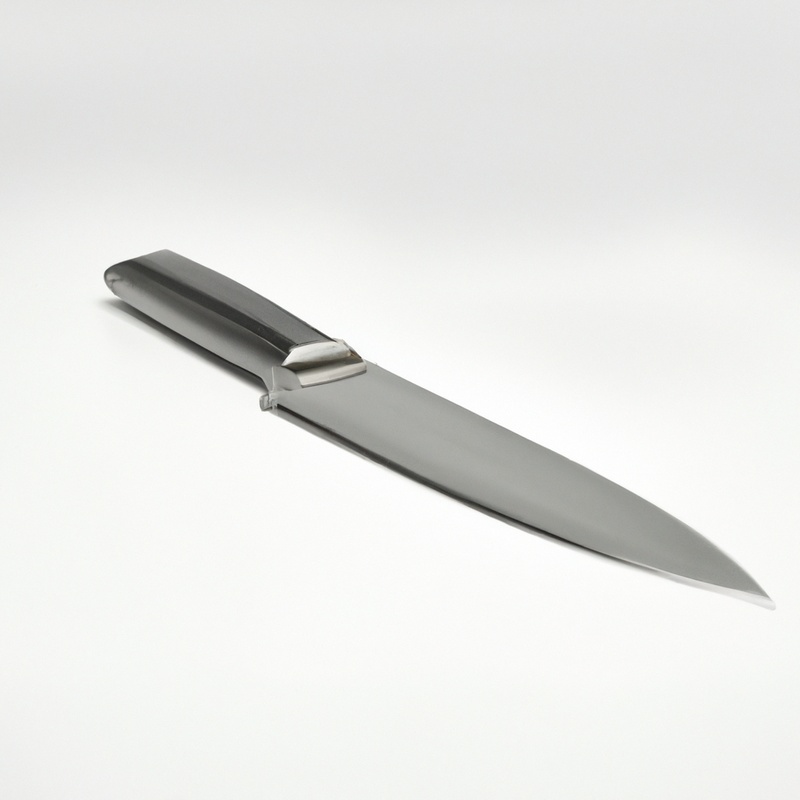
How Silicon Affects Knife Performance
Silicon has a significant impact on knife performance. Here’s how it affects the performance of a knife:
- Increased Strength and Hardness: Silicon helps to enhance the overall strength and hardness of the knife steel. This makes the blade more resistant to deformation or damage during use, resulting in a longer-lasting edge and better cutting performance.
- Enhanced Corrosion Resistance: Silicon contributes to the knife steel’s ability to resist corrosion. It forms a protective oxide layer on the surface of the blade, preventing rust and corrosion from setting in. This ensures that your knife remains in optimal condition even when exposed to moisture or acidic substances.
- Improved Wear Resistance: Silicon improves the wear resistance of the knife steel. This means that the blade maintains its sharpness for a longer period, reducing the need for frequent sharpening. It also helps to prevent the formation of chips or dents, ensuring a more durable cutting edge.
By understanding the effects of silicon on knife performance, you can choose a knife with the right silicon content to meet your specific needs. It’s important to note that the impact of silicon can vary depending on other factors like heat treatment and the presence of other alloying elements in the steel composition.
Silicon’s Effects on Knife Steel Properties
Increased Strength and Hardness
Silicon plays a significant role in increasing the strength and hardness of knife steel. When added to the alloy, silicon forms hard and strong carbides, which contribute to the overall durability and wear resistance of the steel.
These carbides help prevent the knife from dulling quickly and enhance its ability to withstand demanding cutting tasks.
Additionally, the presence of silicon in knife steel promotes a finer grain structure, leading to improved strength and hardness. This means that knives with higher silicon content can maintain their sharpness and durability for longer periods of time, making them an excellent choice for heavy-duty use.
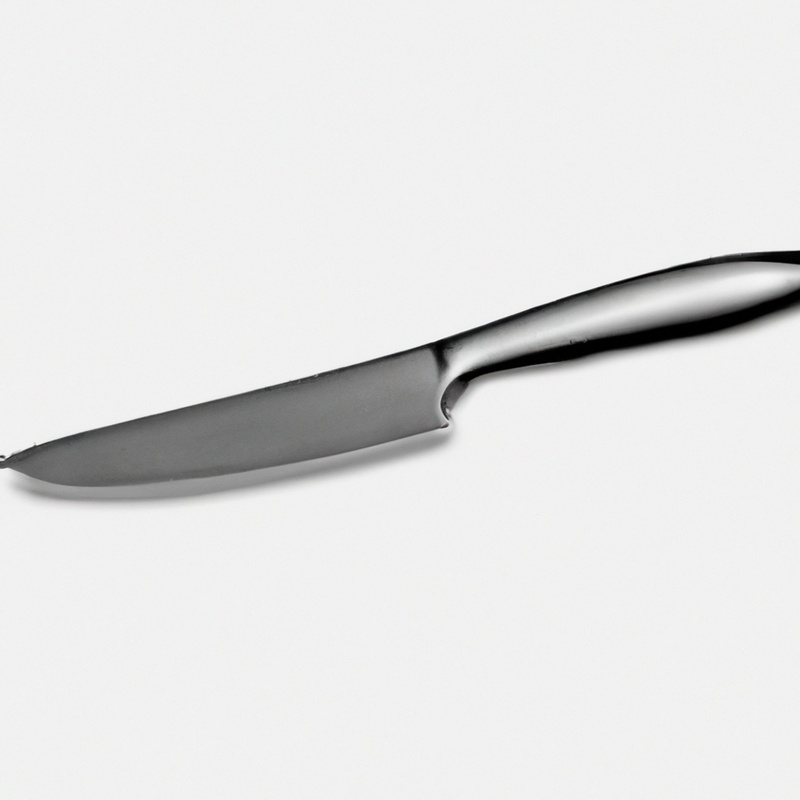
Enhanced Corrosion Resistance
Silicon plays a key role in enhancing the corrosion resistance of knife steel.
When silicon is added to the steel composition, it forms a protective oxide layer on the surface of the blade, which acts as a barrier against corrosion.
This oxide layer helps to prevent the formation of rust and other corrosive substances that can degrade the blade over time.
By improving the corrosion resistance, knives with higher silicon content can withstand exposure to moisture, humidity, and other corrosive environments, making them more durable and long-lasting.
So, if you’re looking for a knife that can withstand the test of time, considering the silicon content is important.
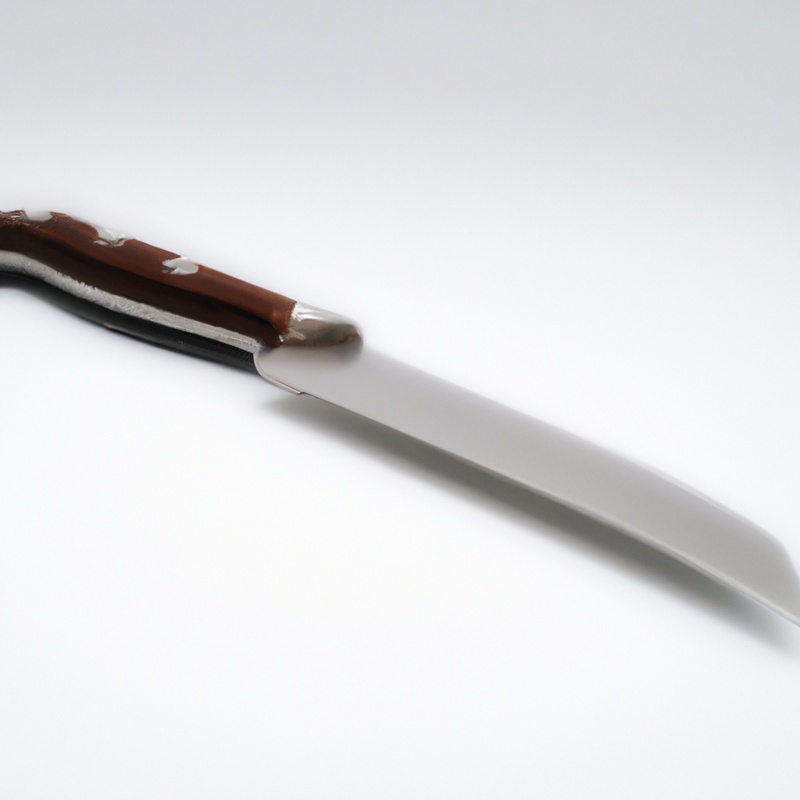
Improved Wear Resistance
Silicon plays a vital role in enhancing the wear resistance of knife steel.
It does so by forming hard, wear-resistant carbides within the steel matrix.
These carbides help to reduce the friction and wear that occurs during cutting or slicing tasks.
As a result, knives with higher silicon content tend to maintain their sharpness for longer periods, making them more durable and requiring less frequent sharpening.
This improved wear resistance makes silicon an essential element to consider when selecting knife steel for applications that involve heavy use or abrasive materials.
Factors Influencing the Effects of Silicon in Knife Steel
Other Alloying Elements’ Interactions with Silicon
Other alloying elements can interact with silicon in knife steel, influencing its performance. One key interaction is with carbon.
Silicon helps to control and reduce the grain size of the steel, resulting in improved toughness and strength.
It also enhances the hardenability of the steel, allowing for deeper and more uniform heat treatment. Additionally, elements like chromium, vanadium, and manganese can further enhance the effects of silicon, contributing to increased corrosion resistance, wear resistance, and overall performance of the knife steel.
These interactions highlight the importance of considering the entire composition of the steel when aiming for optimal performance.
Heat Treatment and Silicon’s Impact
Heat treatment plays a significant role in determining the impact of silicon in knife steel. The specific heat treatment process can have a profound effect on the steel’s properties and performance.
Silicon can aid in improving hardness and strength, but the heat treatment parameters must be carefully selected and controlled to achieve the desired results.
By optimizing the heat treatment process, the benefits of silicon in knife steel can be maximized, leading to enhanced performance and durability.
Balancing Silicon Content for Optimal Performance
To achieve optimal performance in knife steel, it is important to find the right balance of silicon content. Too little silicon can result in decreased strength and hardness, while too much can negatively affect other properties.
Balancing silicon content ensures the steel maintains its desired characteristics, such as increased strength, enhanced corrosion resistance, and improved wear resistance.
This can be achieved through careful alloying with other elements and precise heat treatment techniques. Achieving the right balance is key to maximizing the performance of knife steel.
Final Verdict
Understanding the role of silicon in knife steel is paramount for both knife enthusiasts and professionals.
Silicon plays a crucial role in enhancing the strength, hardness, corrosion resistance, and wear resistance of the steel.
However, its effects can vary depending on the interactions with other alloying elements and the specific heat treatment process.
Balancing the silicon content in knife steel is essential to achieve optimal performance.
By appreciating the importance of steel composition and considering the influence of silicon, one can make informed decisions when selecting or maintaining their knives.

